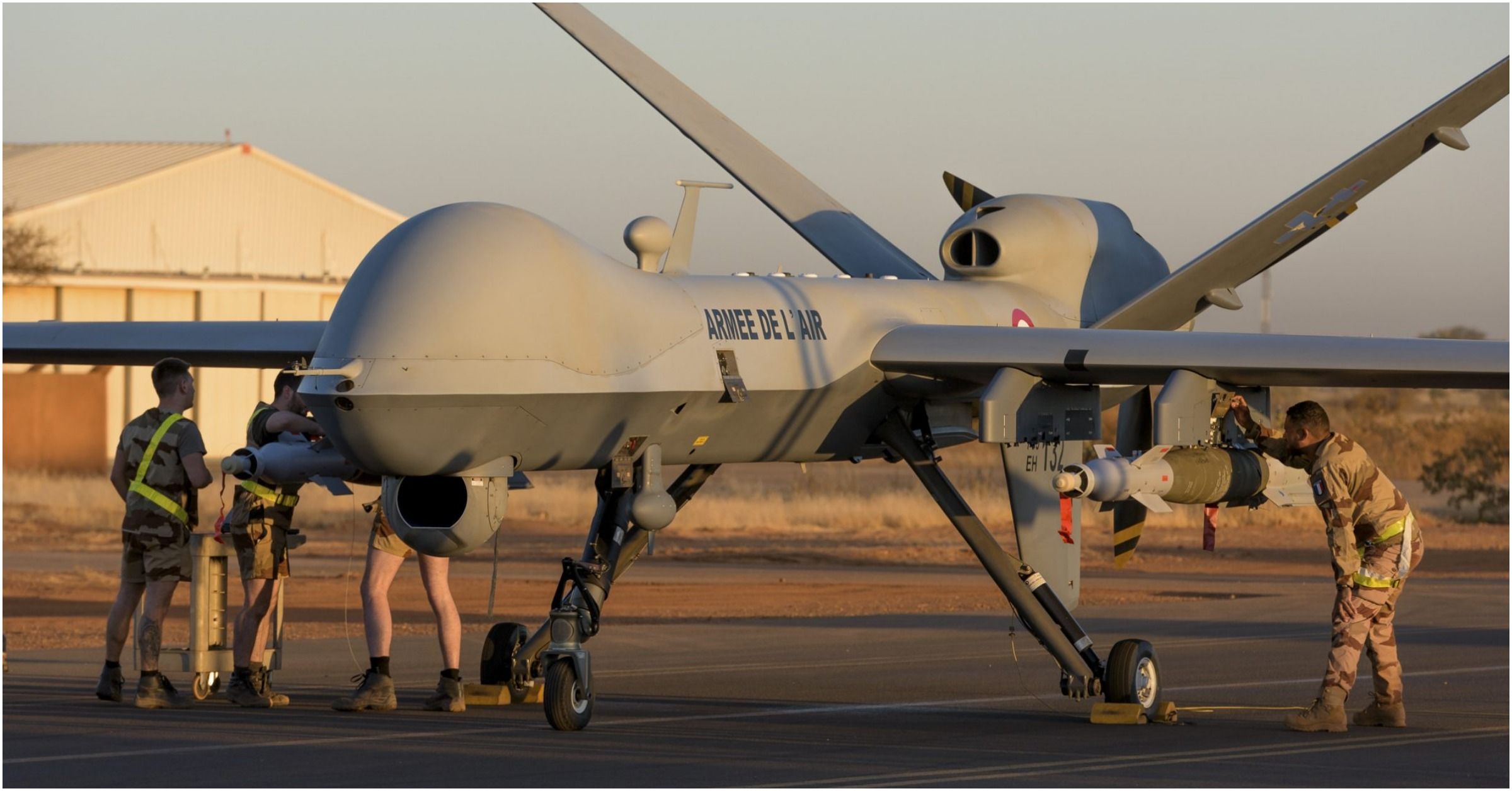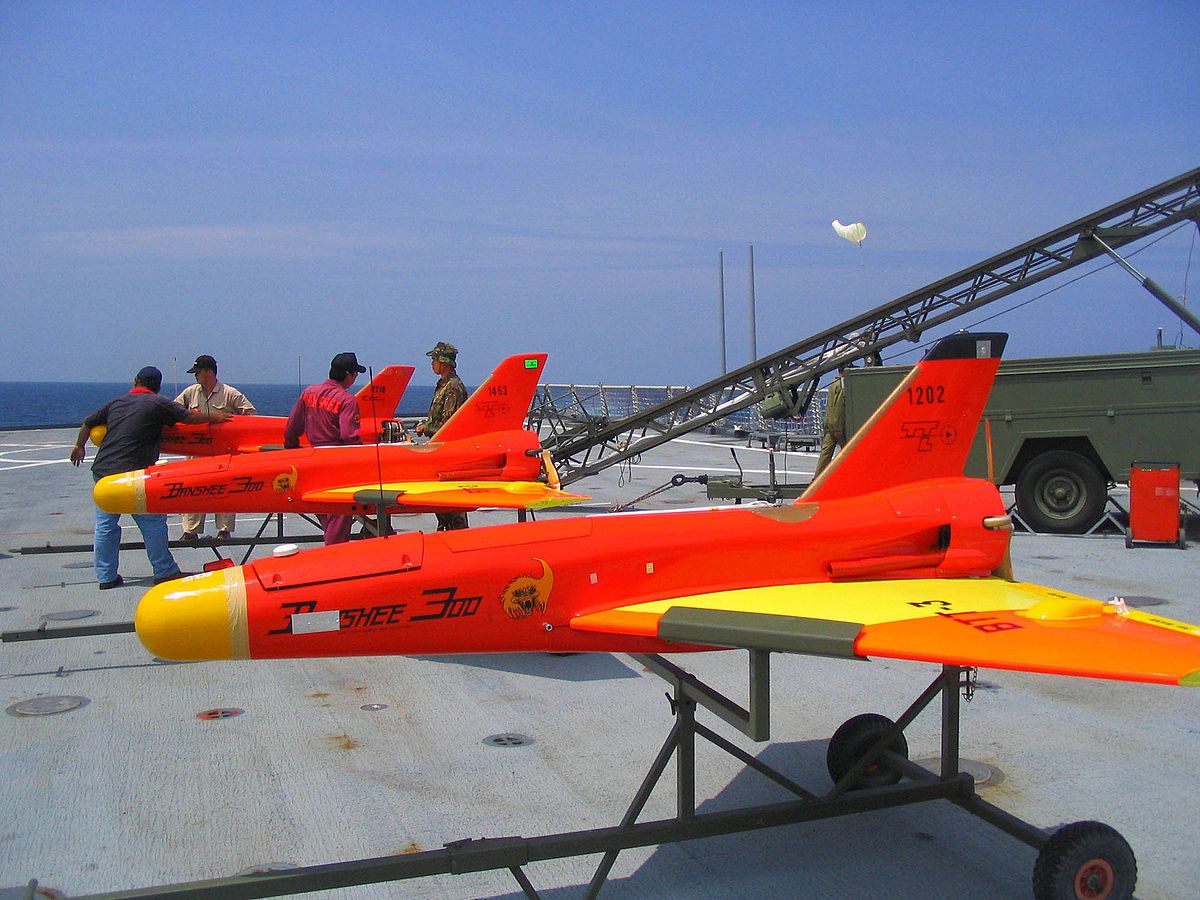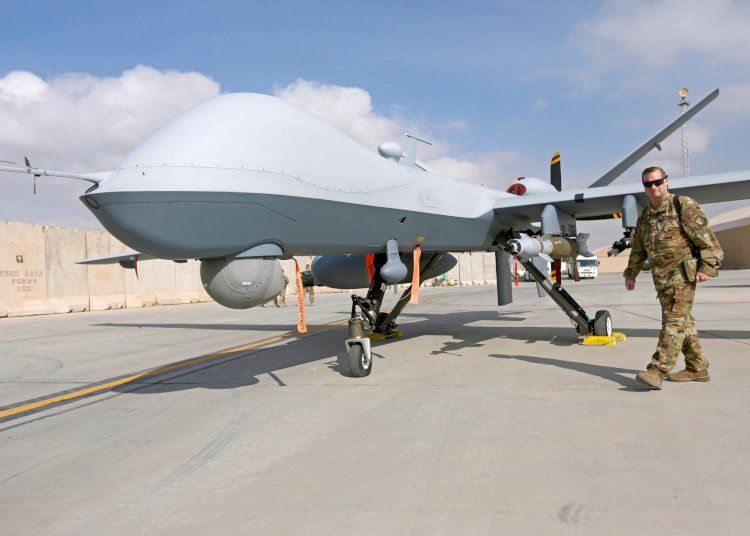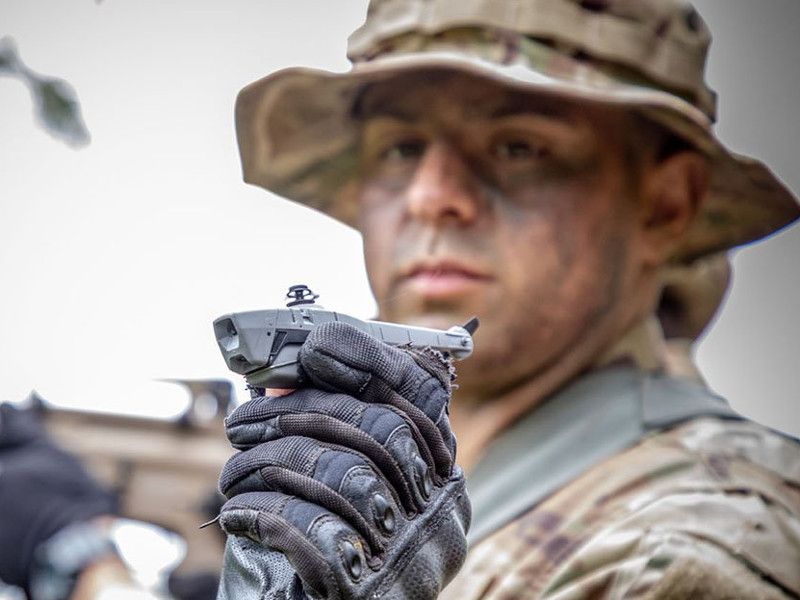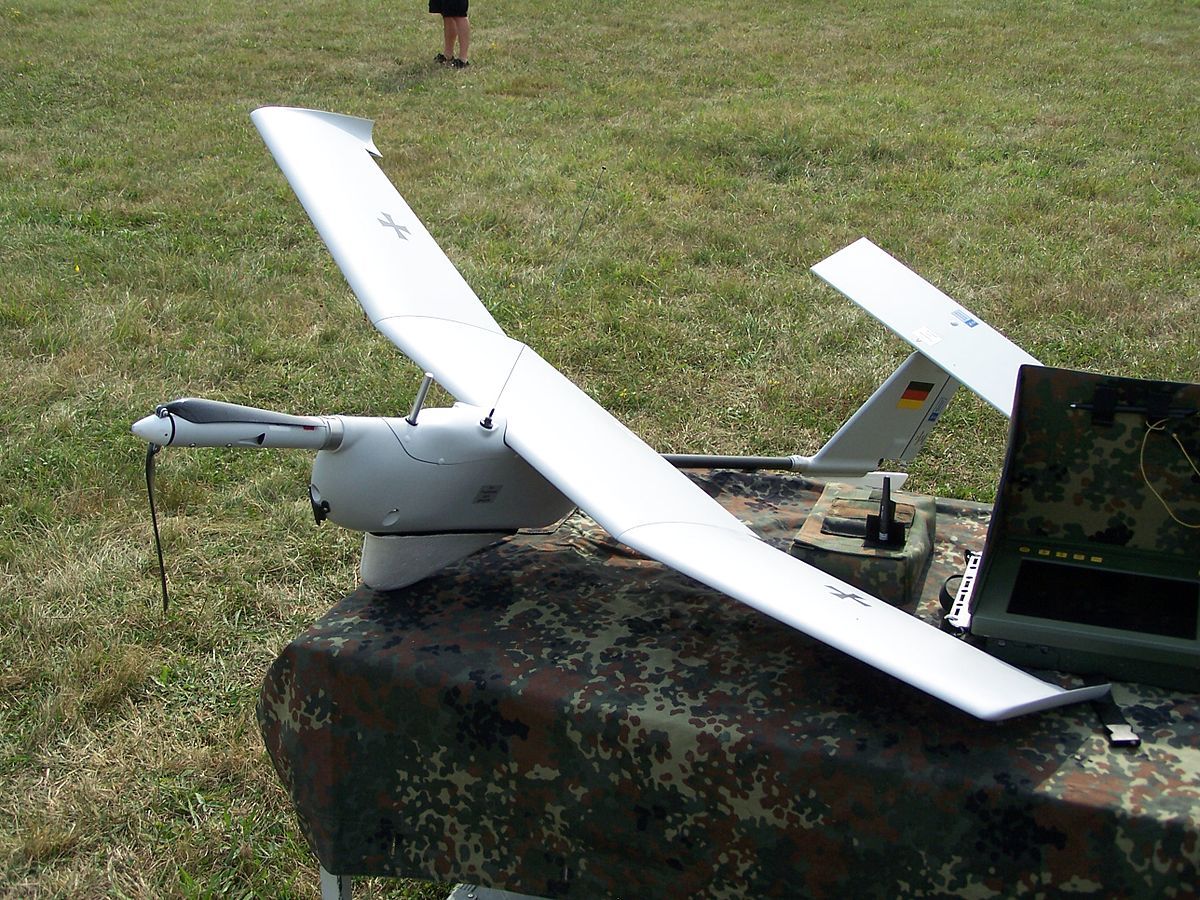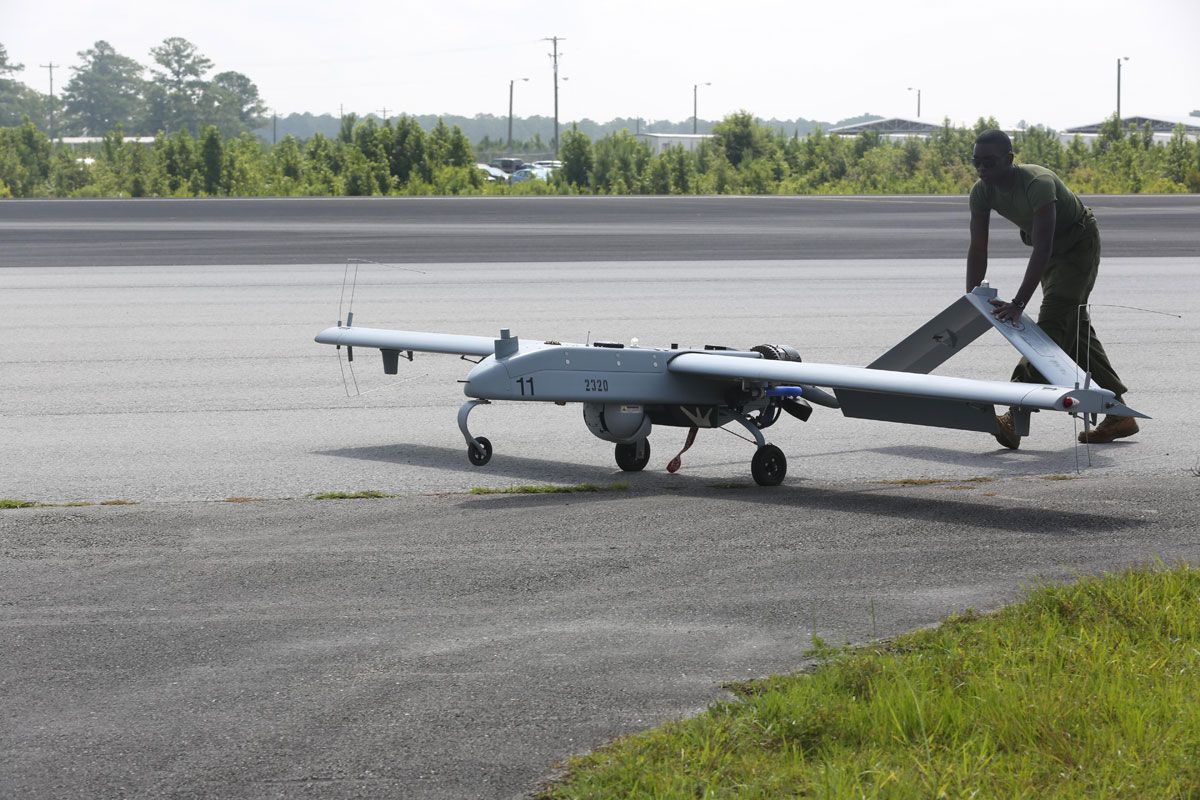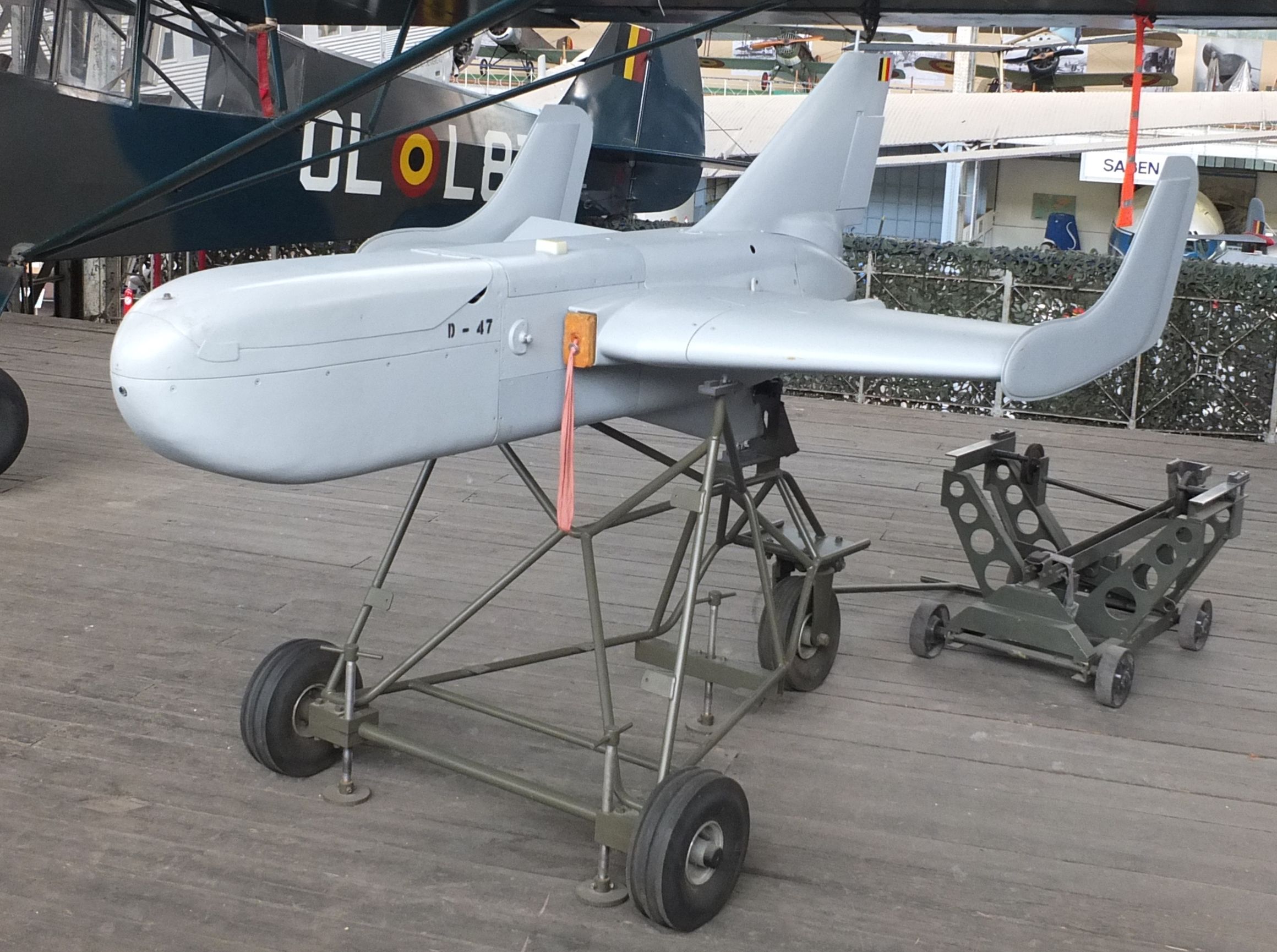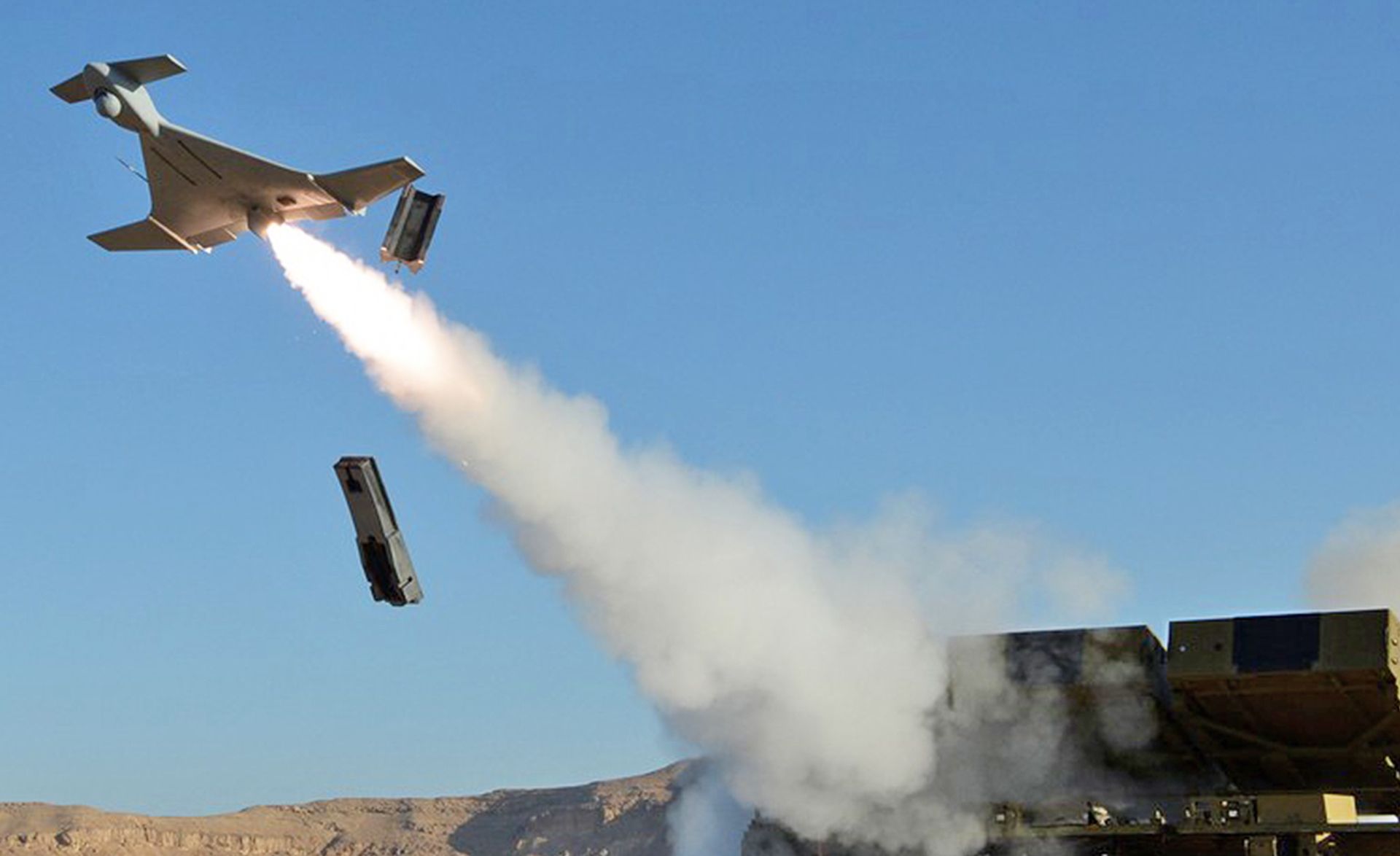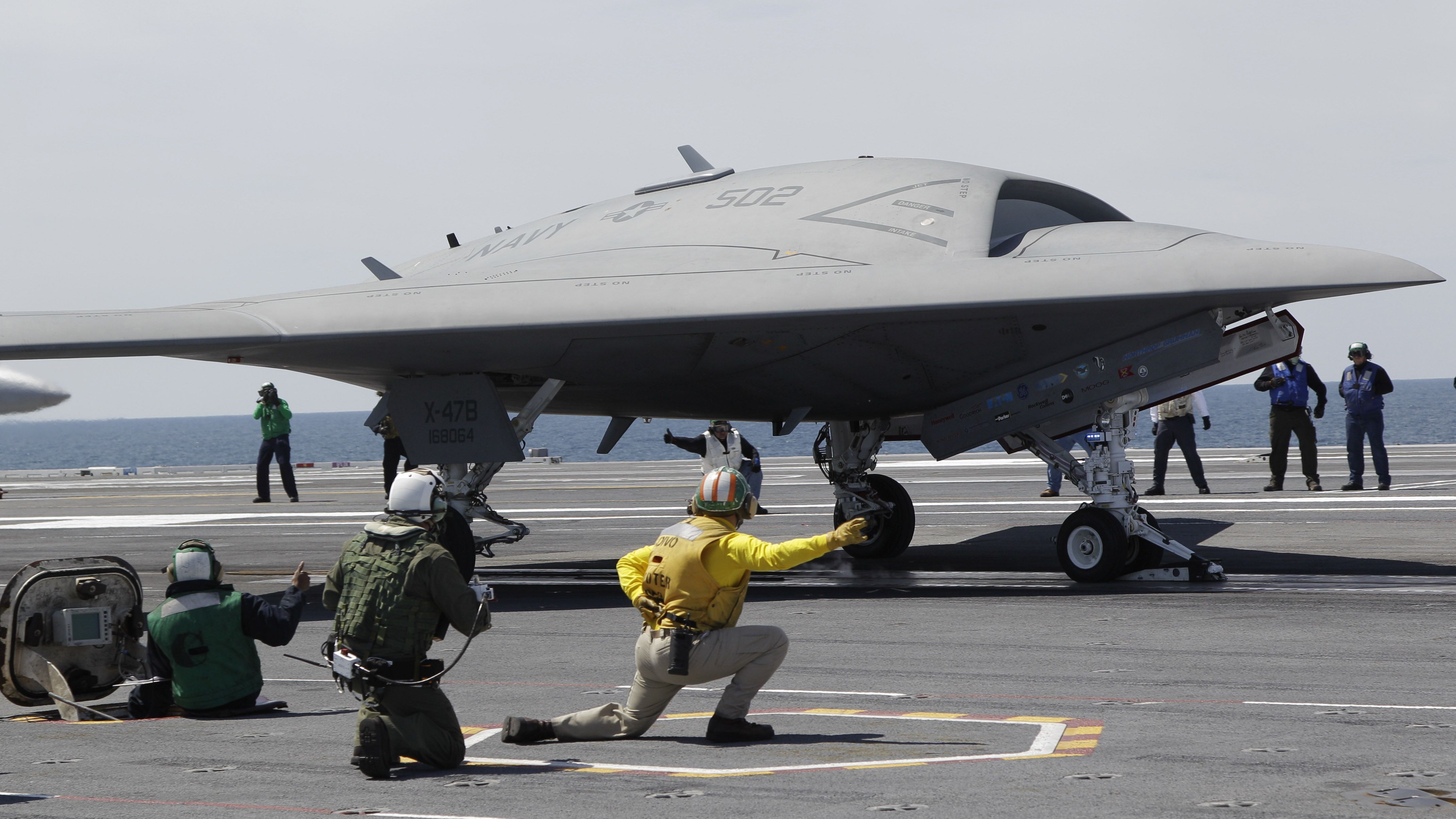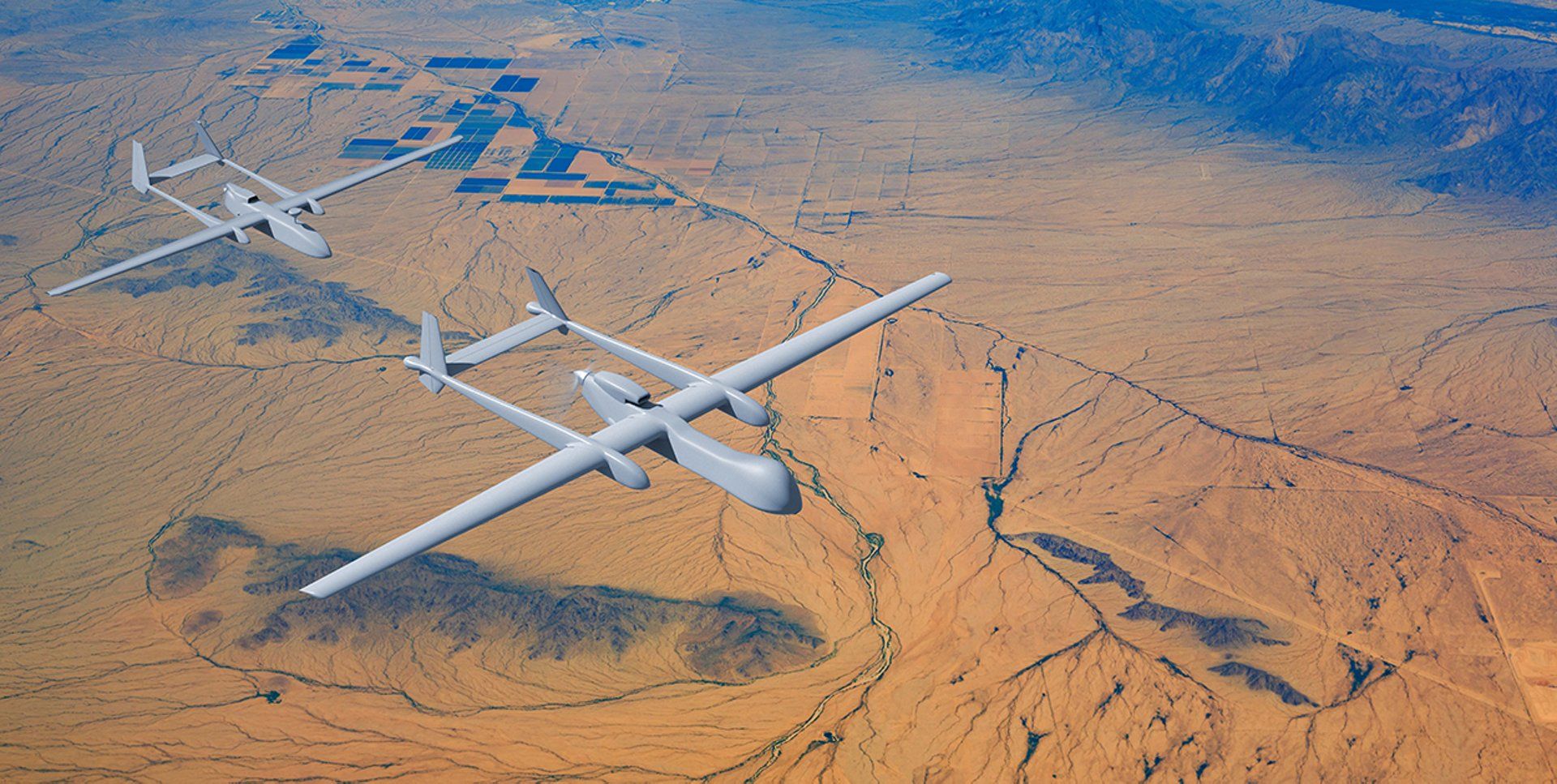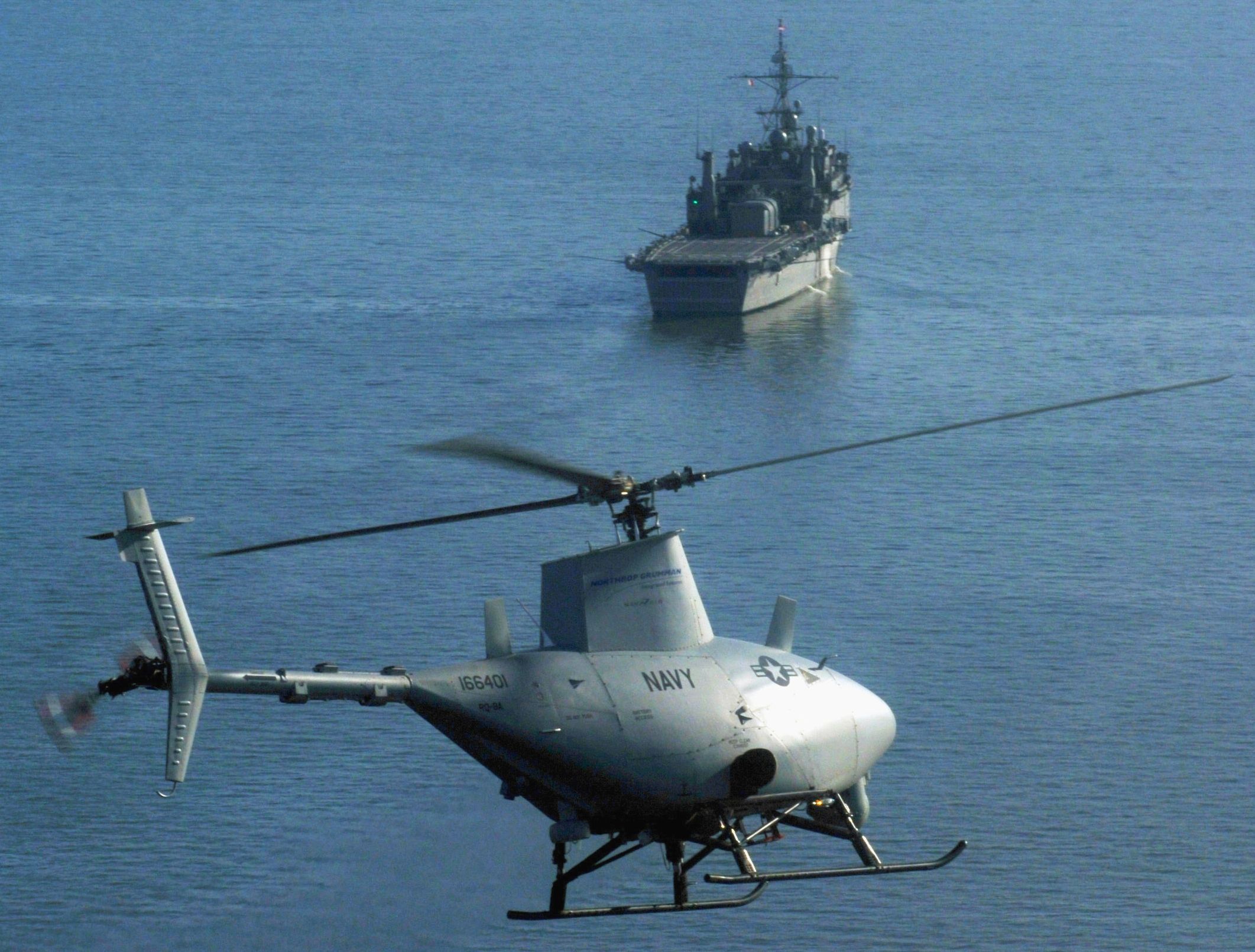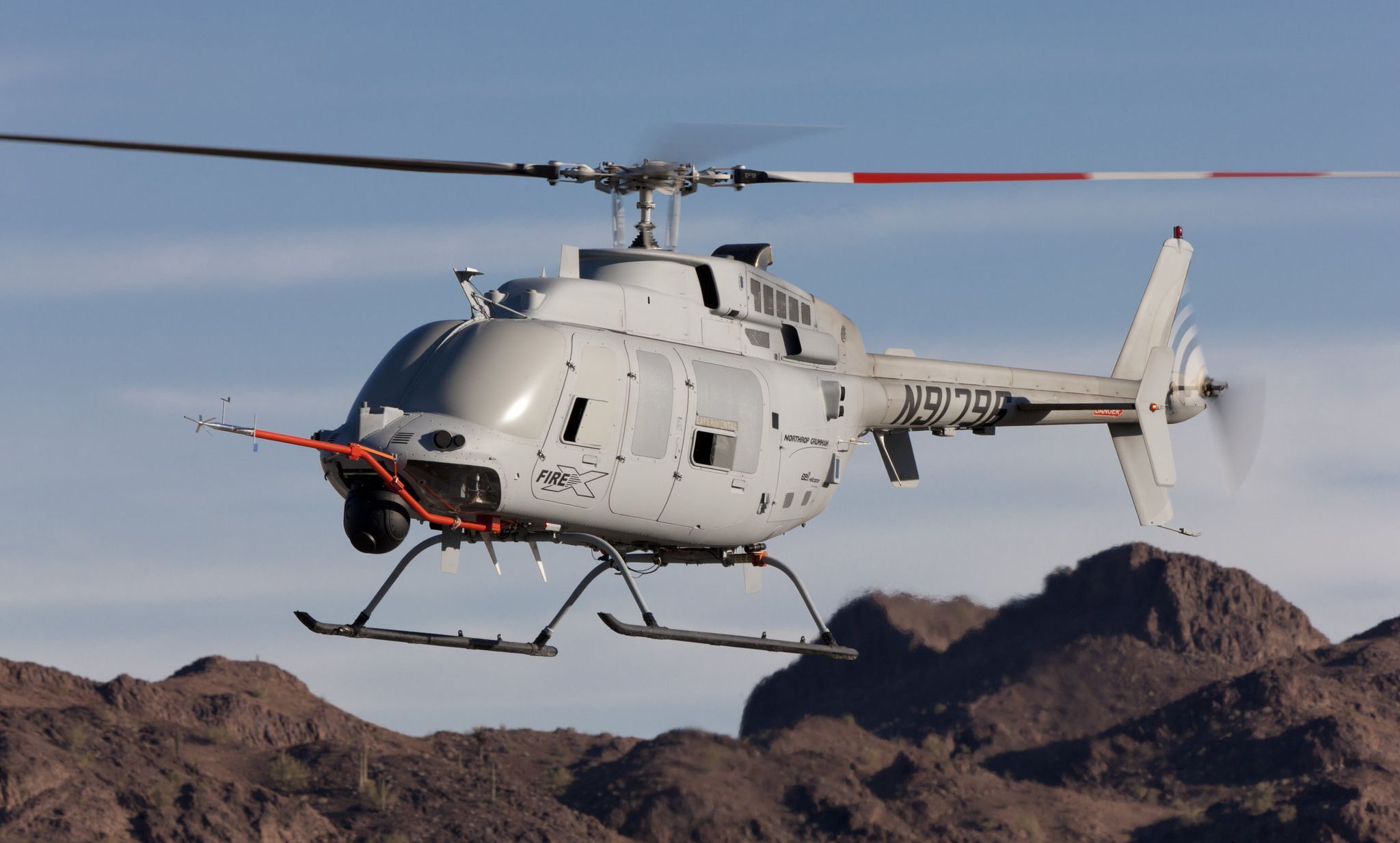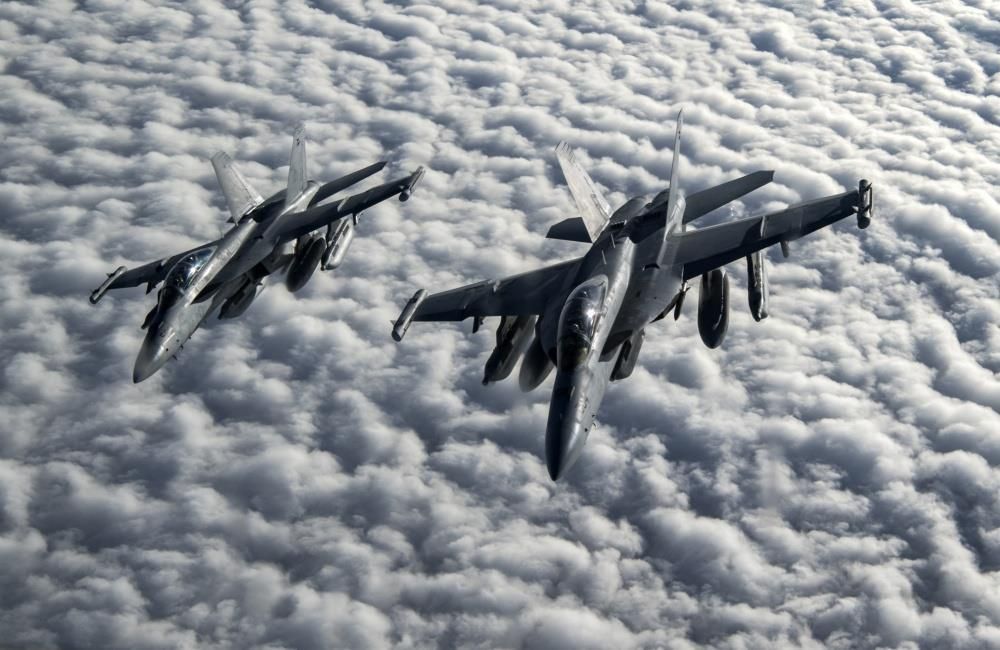Over the past couple of decades, Unmanned Aerial Vehicles (UAVs) have gained prominence in the world's military forces. The logic is sound, why risk the life of a human being when a remotely controlled machine can get the job done? With reconnaissance being the initial goal, UAVs could penetrate enemy territory, gathering information in real-time. Of course, once an aerial platform is developed and proven, weaponizing that platform becomes the next priority.
While UAVs have been around for a long time, their initial forms were crude and not very useful. With technology evolving almost on the daily, UAVs, now often referred to as "drones" have become incredibly capable, both in military and consumer hands. But military drones tend to be at the forefront of that technology, coming in all sorts of shapes and sizes to fulfill a wide variety of missions.
Those missions, and the technology that carries them out, can be rather innocuous and not pose much of a threat to anyone or can be absolutely terrifying, delivering death or stealing valuable secrets from above, unannounced and controlled from afar.
So read on, to see 5 military drones that aren't threatening at all and 10 that are remote-controlled monsters:
15 Not A Threat: Meggitt BTT-3 Banshee
A common type of military drone with a history spanning several decades, target drones are one of the simpler types used in the military, which the Meggitt BTT-3 Banshee is a long-running model of. The goal is simple, simulate an incoming airplane or missile to allow troops to train against such a situation with live ammunition. Rather than destroying anything, these target drones are intended to be destroyed.
14 Remote Control Monster: MQ-9 Reaper
On the other hand, combat drones like the MQ-9 Reaper are designed to destroy targets. First introduced in 2007, the MQ-9 Reaper fulfills several roles for the US Air Force, including recon, and attack. With a range of 1,150 miles, the MQ-9 uses its extremely advanced sensors to track targets, then engages using Hellfire missiles, and a wide variety of bombs.
13 Not A Threat: Aeryon Scout
You wouldn't be wrong for thinking that the Aeryon Scout looks like a commercial photography drone, as it fulfills a similar role with similar technology. Developed by the Canadian company Aeryon Labs, the Scout is primarily used for police work but has been adopted for occasional military use. While it can reliably deliver intel, it isn't exactly what most people would call threatening.
12 Remote Control Monster: Black Hornet PRS
On the other hand, when an advanced drone gets this small, it can be worrying. With its pocket size, silent motors, and a run time of 25 minutes, the Black Hornet acts as a personal scout drone for soldiers. That's a game-changing concept in itself, but the Black Hornet is developed by FLIR and comes equipped with their IR and Night Vision sensors, meaning enemies can be scouted from behind walls and in hiding. What's terrifying is imagining what this technology can evolve into, perhaps someday micro-drone swarms will replace human armies.
11 Not A Threat: EMT Aladin
Neither small, stealthy, or equipped with the latest sensors, the EMT Aladin is evidence of how fast drone technology is advancing. First developed in 2000, this reconnaissance drone comes with capable sensors including IR and Night Vision that can get the job done but falls short of the current mark in terms of speed, stealth, and size.
10 Not A Threat: RQ-7 Shadow
The RQ-7 Shadow is a capable reconnaissance drone that has been serving the US Army well for years but is already well into becoming outdated and less capable than the competition. With the highest accident rate of any American UAV as well, the RQ-7 Shadow is already slated for replacement.
9 Remote Control Monster: RQ-4 Global Hawk
While smaller, cheaper, reconnaissance drones like the RQ-7 Shadow can become outdated relatively quick, the absolutely massive RQ-4 Global Hawk is still a class leader. Having first entered service in 2001, the Global Hawk has received continuous hardware upgrades to keep it on top of the intelligence game. With a range of 12,300 miles, a maximum altitude of 60,000 feet, and a top speed of 357 MPH, the Global Hawk is truly a global beast.
8 Not A Threat: MBLE Epervier
One of the most sophisticated reconnaissance drones in the world... when it entered service in 1976. The MBLE Epervier was developed in Belgium during the late '60s and was ahead of its time to an extent. Using an onboard film camera, the Epervier would photograph its target as it flew overhead, then would deploy a parachute and land at a planned location so the photographs could be collected and developed.
7 Remote Control Monster: IAI Harop
One of the more intimidating uses of drone technology, the IAI Harop was developed in Israel and is known as a "loitering munition." The Harop is essentially a flying bomb, once launched it flies towards its target. But the loitering part is what makes it stand out, as it can then fly in circles around a designated target for up to 9 hours, until the time to strike is right, where it then slams into the ground, detonating and obliterating its target.
6 Remote Control Monster: MQ-1C Gray Eagle
The MQ-1 Predator is notorious for being one of the earliest truly effective combat drones, entering service in 1995. To expand the Predator's capabilities, the MQ-1 Gray Eagle was developed as an advanced successor, with upgraded weapons and sensor capabilities. With a weapons payload of over 1,000 lbs and flight endurance of 25 hours, the Gray Eagle packs a deadly punch.
5 Remote Control Monster: X-47B UCAS
If any drone can convince someone that the future is now, this may just be the one. First taking flight in 2012, the pair of X-47Bs that were built are still being tested, but those tests paint it as the way of the future. With fighter jet size and capabilities, the X-47B is stealthy, fast, can operate on an aircraft carrier, and has the potential to carry a range of weapons systems. On top of all that, it looks downright futuristic.
4 Remote Control Monster: IAI Heron TP
An all-purpose Israeli drone, the Heron TP, or "Eitan," is an advanced development of IAI's successful Heron drone. With the ability to fly at over 45,000 feet for periods of 30 hours at a time, and a multi-purpose payload of up to 5,900 lbs, the Heron TP is an incredibly capable drone that can accomplish a wide range of missions. Impressively, it can also automatically take off and land without the need for a human to control it.
3 Remote Control Monster: MQ-8 Fire Scout
Introduced in 2000 as the RQ-8, the Fire Scout proved itself continuously and was renamed the MQ-8 once it received weapons and multi-role capabilities in 2005. Operating as a helicopter, the Fire Scout can take off and land from US Navy ships, then carry out a wide range of mission, including target tracking, scouting missions, precision targeting for friendly forces, as well as the ability to engage targets on its own with a payload of MK.66 Rockets.
2 Remote Control Monster: MQ-8C Fire Scout
The technology behind the MQ-8 Fire Scout has immense capabilities in combat situations, but lacks the size, range, and lifting power of a traditional helicopter. First taking flight in 2013, the MQ-8C improves upon the Fire Scout's technology and is fitted into a modified Bell 407 commercial helicopter. The result is an incredibly capable vehicle and one that can carry a much larger variety of payloads, including specialized technology like mine detectors and ship radar.
1 Remote Control Monster: Unmanned EA-18 Growler
While it's still in the testing phase, the US Navy has had several successful flights with EA-18 Growler jets converted to remote control operations. Essentially an F/A-18 fighter jet built for electronic warfare, the Growler is a highly capable platform, even more so without a pilot's life and physical limitations to worry about. There's no confirmation on when they'll enter service, but an unmanned Growler would be a game-changer on the battlefield.

